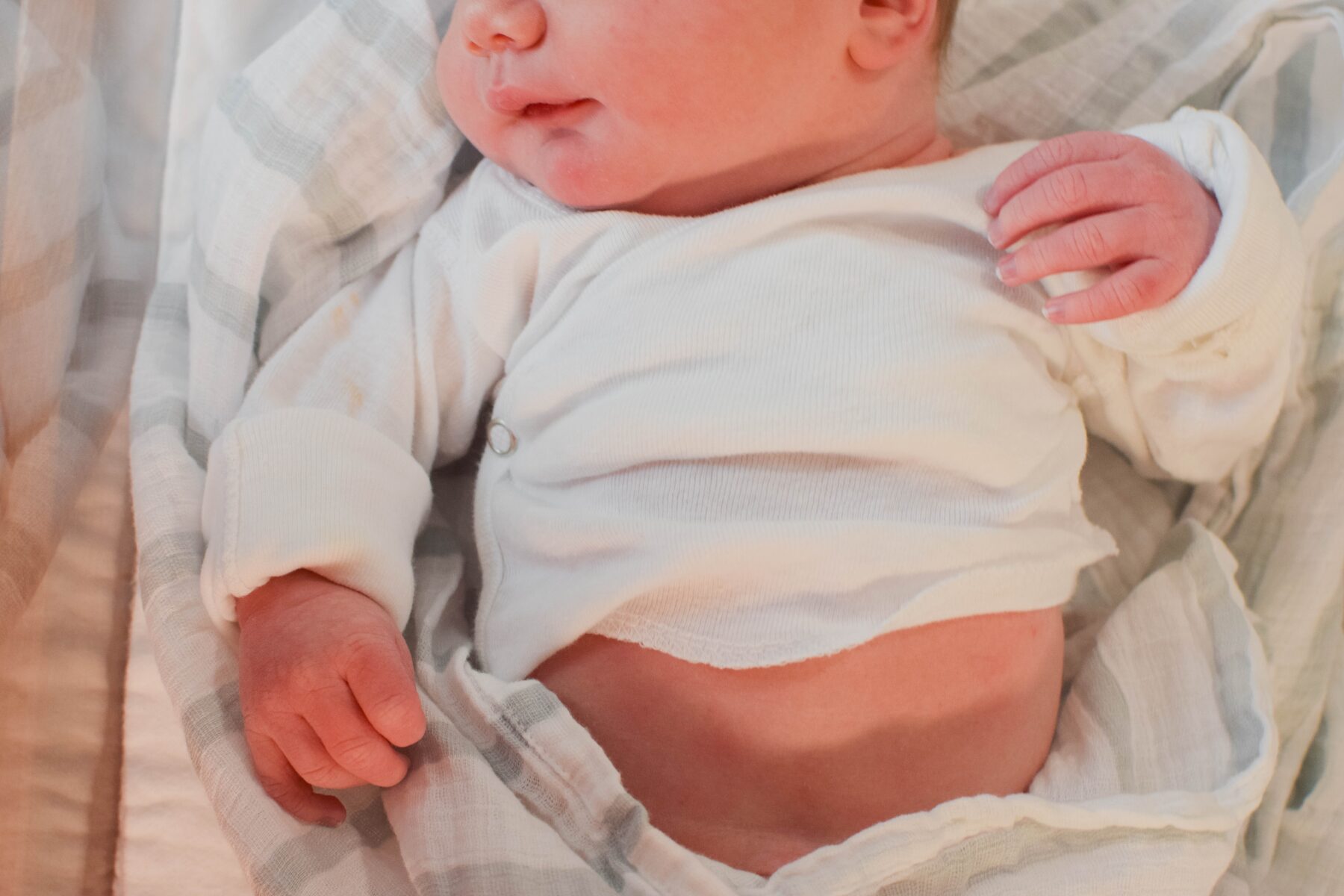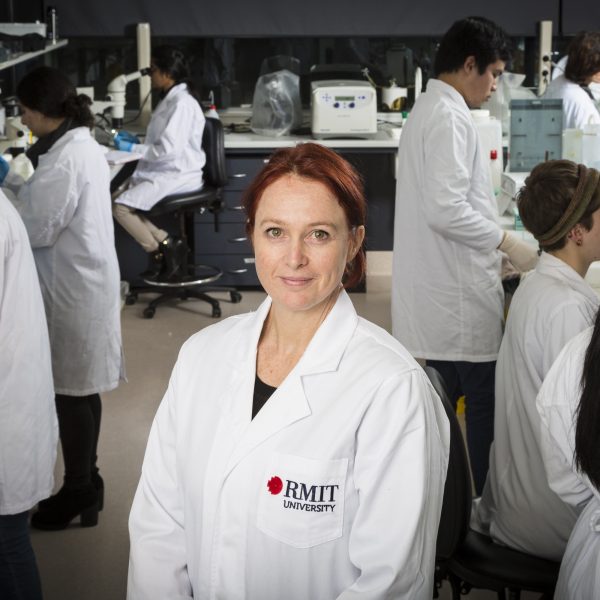Uni of Copenhagen research finds baby gut make up is “crawling with the unknown”

Babies have more than 200 previously unknown viral families within their intestines, University of Copenhagen (UCPH) researchers have found.
The large number of unknown viruses discovered came as a surprise to researchers, who closely studied the nappies of 647 Danish babies to reach their findings, speculating that the viruses most likely play an important role in protecting children from chronic diseases.
While viruses are usually associated with illnesses, human bodies are full of both bacteria and viruses that constantly proliferate and interact with each other in the gastrointestinal tract. While researchers have known for decades that gut bacteria in young children is vital to protect them from chronic diseases later on in life, knowledge about the many viruses found there has, up until now, been minimal.
Professor Dennis Sandris Nielsen worked with a team of researchers from the Copenhagen Prospective Studies on Asthma in Childhood (COPSAC) and the Department of Food Science at UCPH, among others, spending five years studying and mapping the diaper contents of 647 healthy Danish one-year-olds.
“We found an exceptional number of unknown viruses in the faeces of these babies,” Professor Sandris Nielsen said.
“Not just thousands of new virus species – but to our surprise, the viruses represented more than 200 families of yet to be described viruses. This means that, from early on in life, healthy children are tumbling about with an extreme diversity of gut viruses, which probably have a major impact on whether they develop various diseases later on in life.”
The researchers found and mapped a total of 10,000 viral species in the children’s faeces – a number 10 times larger than the number of bacterial species in the same children. These viral species are distributed across 248 different viral families, of which only 16 were previously known. The researchers named the remaining 232 unknown viral families after the children whose diapers made the study possible. As a result, new viral families include names like Sylvesterviridae, Rigmorviridae and Tristanviridae.
“This is the first time that such a systematic overview of gut viral diversity has been compiled,” first author Shiraz Shah added.
“It provides an entirely new basis for discovering the importance of viruses for our microbiome and immune system development. Our hypothesis is that, because the immune system has not yet learned to separate the wheat from the chaff at the age of one, an extraordinarily high species richness of gut viruses emerges, and is likely needed to protect against chronic diseases like asthma and diabetes later on in life.”
Ninety per cent of the viruses found by the researchers are bacterial viruses – known as bacteriophages. These viruses have bacteria as their hosts and do not attack the children’s own cells, meaning that they do not cause disease. The hypothesis is that bacteriophages primarily serve as ‘allies’.
“We work from the assumption that bacteriophages are largely responsible for shaping bacterial communities and their function in our intestinal system,” Professor Sandris Nielsen said.
“It also seems like bacteriophages help keep the gut microbiome balanced by keeping individual bacterial populations in check, which ensures that there are not too many of a single bacterial species in the ecosystem. It’s a bit like lion and gazelle populations on the savannah.”
Viruses, the researchers continued, should be considered as “the third leg of the stool” when it comes to thinking about the gut,
“Viruses, bacteria and the immune system most likely interact and affect each other in some type of balance. Any imbalance in this relationship most likely increases the risk of chronic disease,” Mr Shah explained.
The researchers have yet to discover where the many viruses in the one-year-olds come from. Their best answer thus far is the environment.
“Our gut is sterile until we are born. During birth, we are exposed to bacteria from the mother and environment. It is likely that some of the first viruses come along with these initial bacteria, while many others are introduced later via dirty fingers, pets, dirt that kids put in their mouths and other things in the environment,” Professor Sandris Nielsen explained.
The research paper about the study has been published in Nature Microbiology and may be accessed here.
Popular

Quality
Practice
Provider
Research
ECEC in focus - Una Springwood’s intergenerational initiative brings young and old together through connection and care
2025-06-30 10:00:45
by Contributed Content

Provider
Practice
Quality
Research
Aboriginal Education Strategy drives early learning and school success in South Australia
2025-07-01 09:55:12
by Fiona Alston

Workforce
Policy
Quality
Research
Inclusive Practice Framework set to strengthen inclusion in early childhood settings
2025-06-24 11:37:00
by Isabella Southwell











